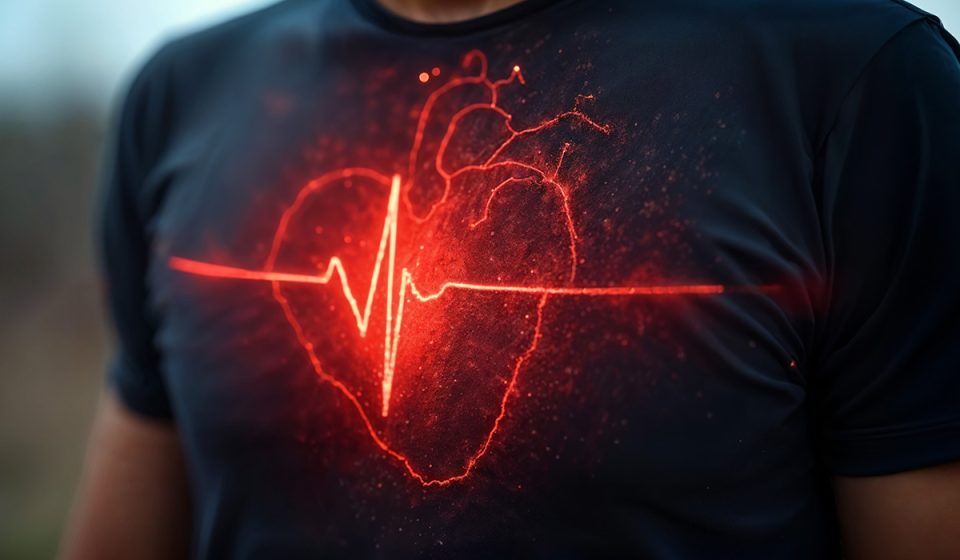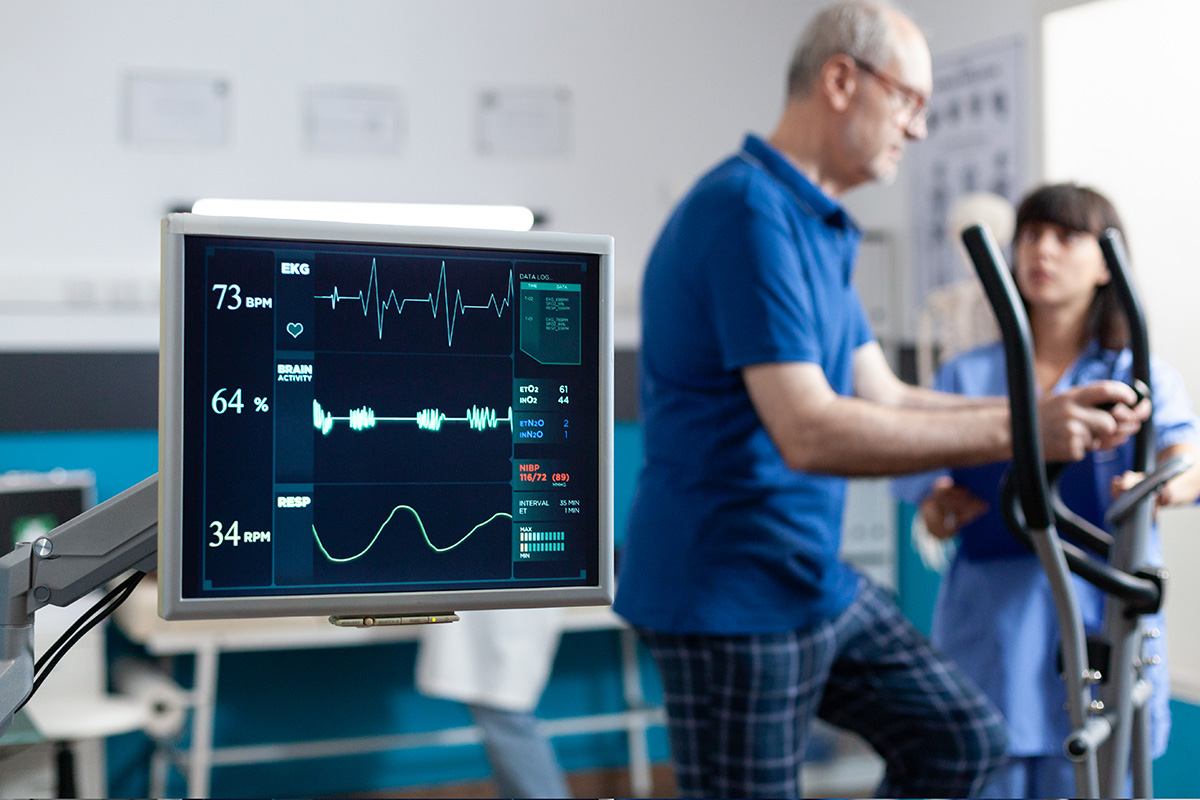
Difference Between Heart Rate and Pulse Rate: What You Need to Know
When it comes to understanding your body’s vital signs, two terms often come up: heart rate and pulse rate. Many people use them interchangeably, but while they are closely connected, they aren’t exactly the same.
Table Of Content
Recognizing the subtle differences between heart rate and pulse rate can provide valuable insights into your cardiovascular health and alert you to potential medical concerns. This guide dives deeper into each concept and explains why monitoring both matters.
What Is Heart Rate?
Heart rate refers to the number of times your heart beats in one minute. Each beat represents your heart pumping blood to the rest of your body, supplying oxygen and nutrients vital for survival. It is typically expressed in beats per minute (bpm).
A normal resting heart rate for healthy adults ranges between 60 to 100 bpm, but many factors can influence it, such as:
- Fitness level: Athletes often have resting heart rates below 60 bpm because their heart muscles are more efficient.
- Age: Resting heart rates generally increase slightly as we age.
- Emotions: Stress, anxiety, and excitement can elevate your heart rate.
- Medications: Beta-blockers, for example, can lower the heart rate, while stimulants can raise it.
- Health conditions: Fever, anemia, and thyroid disorders can affect heart rate.
Monitoring heart rate is an essential part of assessing overall cardiovascular fitness and detecting early signs of heart-related issues.
What Is Pulse Rate?

Pulse rate measures how often your arteries expand and contract each minute in response to your heart pumping blood. Each time your heart beats, it generates a pressure wave that travels through the arteries — this wave is what you feel as your pulse.
Like heart rate, pulse rate is measured in beats per minute (bpm). You can easily feel your pulse at points where an artery runs close to the surface of the skin, such as:
- The wrist (radial pulse)
- The side of the neck (carotid pulse)
- The top of the foot (dorsalis pedis pulse)
- Behind the knees (popliteal pulse)
- Inside the elbow (brachial pulse)
Under normal conditions, pulse rate should exactly match heart rate because every effective heartbeat should cause a detectable pulse wave.
Are Heart Rate and Pulse Rate Always the Same?
In a healthy individual, heart rate and pulse rate are generally identical. However, certain medical conditions can create a discrepancy between the two, such as:
- Arrhythmias: Irregular heart rhythms can cause the heart to beat without generating enough blood flow to produce a strong pulse. In these cases, some heartbeats may be “ineffective” and not detectable as a pulse.
- Peripheral Artery Disease (PAD): This condition involves narrowed arteries, reducing blood flow to the limbs. Even if the heart beats normally, the pulse in the arms or legs may feel weak or be difficult to detect.
- Shock: Severe blood loss or cardiac arrest can cause the heart to continue beating weakly without creating a palpable pulse, as the circulatory system struggles to maintain adequate blood flow.
- Heart failure or severe dehydration: These conditions can compromise blood volume and pressure, resulting in a noticeable difference between heartbeats and pulse waves.
When discrepancies are suspected, healthcare providers use tools like an electrocardiogram (ECG or EKG) to directly measure the heart’s electrical activity and assess actual heart rate.
Why Monitoring Both Matters
Monitoring your heart rate and pulse rate can provide essential clues about your heart and overall health:
- Early detection of heart disease: A consistently high resting heart rate may signal increased cardiovascular risk.
- Circulatory issues: A weak or irregular pulse can indicate poor circulation or arterial blockages.
- Arrhythmias detection: Identifying mismatches between heart rate and pulse rate can help diagnose serious arrhythmias or cardiac dysfunctions.
- Monitoring fitness levels: A low resting heart rate often correlates with good physical conditioning.
- Stress management: Heart rate variability and resting heart rate trends can offer insights into stress levels and recovery.
Regular self-monitoring can act as an early warning system, prompting timely medical evaluation when anomalies arise.
How to Measure Heart Rate and Pulse Rate

Manual Method:
- Locate your pulse: Place your index and middle fingers lightly over the radial artery (wrist) or carotid artery (neck).
- Count the beats: Count the number of beats you feel for 15 seconds.
- Multiply by four: This gives you your heart rate in beats per minute (bpm).
Using Devices:
- Fitness trackers and smartwatches: Many wearable devices measure heart rate through optical sensors and provide real-time readings.
- Chest strap monitors: These offer highly accurate heart rate measurements, especially during exercise.
- Medical equipment: In clinical settings, ECGs and pulse oximeters provide precise readings of both heart and pulse rates.
When using devices, ensure proper placement and calibration for the most accurate results.
Final Thoughts
Although heart rate and pulse rate are closely linked, understanding the subtle differences between them is vital for accurately interpreting your body’s signals. While in most cases they are the same, certain conditions can cause them to diverge — sometimes indicating serious health problems that require prompt attention.
By regularly checking both your heart rate and pulse rate, you can become more attuned to your cardiovascular health, recognize early warning signs, and seek medical advice when necessary. Listening to your heart — literally — might just be one of the most important things you do for your long-term health.


